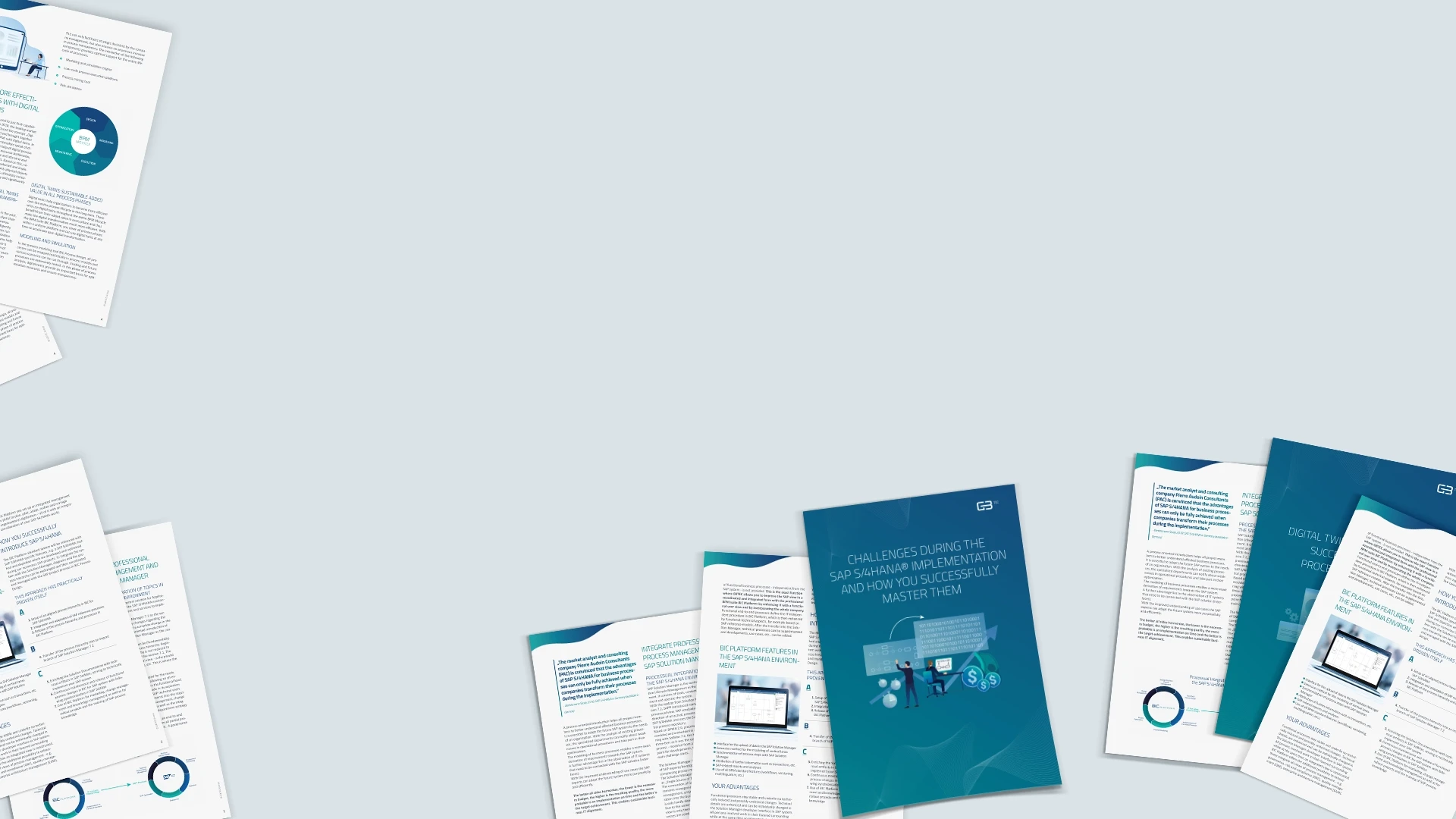BIC Process Design
Understand & Transform
Supercharge your business operations with the most intuitive AI-powered BPM software.
It seems that you come from a German speaking country. Here you can change the language
EnglishTo err is human – and people do make mistakes in all factors of their lives. Among family and friends, little mishaps are often taken lightly. In a business environment, however, they can quickly snowball into real financial and reputational risks. In a GRC environment, companies must avoid mistakes at all costs in order to uphold regulatory guidelines and make strategically sound decisions. Yet this is only possible when decisions are made based on accurate data with audit-proof archiving. Spreadsheet programs such as Excel are counterproductive because they lack these necessary functions and, therefore, cannot meet the rising challenges of a digital, globally connected business world.

Excerpt
Request now to get access to the full version of the whitepaper.